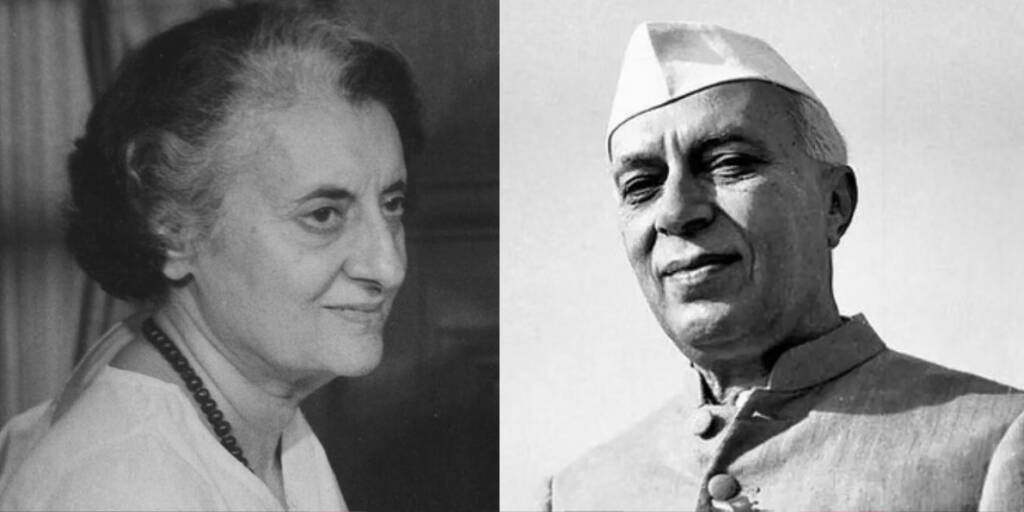In its known existence, India’s political economy has always been tilted towards the privatisation of entities. Collective ownership of entities like schools and temples was promoted by various governments, but business and production was never actually in the hands of the state. And, given the fact that India was the world’s largest economy for more than two-thirds of the known global history, one can argue that this model of political economy ran pretty successfully until India in the modern era became a democracy and subsequent prime ministers like Jawaharlal Nehru and Indira Gandhi pushed for the nationalisation of institutions.
Historically, privatisation or private ownership of entities was prevalent in India but flash forward to the modern era, after the independence, the newly elected Nehru government drifted away from the tried and tested path of privatisation, and pushed a socialist political economy down the throat of the citizens of the country. Nehru infamously said to JRD Tata that he hates “the very mention of word profit” and made profitmaking a taboo in the country.
However, Nehru was a saint compared to Indira Gandhi when it came to apathy towards private businesses and profitmaking. From bank nationalisation to the selling of bread, butter, and sugar by the public sector units, Indira Gandhi took the state’s intervention in the economy to new heights and completely muzzled the spirit of the entrepreneurs of the country.
Indira Gandhi is said to have destroyed the economy of the country for political reasons. The famous saying ‘good politics makes bad economics,’ points to the idea of dumping selfish political gains over viable economic policy and the Congress party never made that mistake, as it always prioritised good politics.
Five decades ago, Congress reportedly took the first step in ruining the economy of the country to win elections and that was the nationalisation of each and every bank in the country at the time, drifting away from the idea of privatisation. The party performed poorly in the 1967 general elections and lost command in many states. At the time, the High Command set up a committee to review the performance of the party and look after the reasons behind the loss. The review committee concluded that slow progress towards ‘socialism’ is the reason behind the loss of the party, and hence Congress decided to pursue a radical approach towards pursuing socialism, just like Stalin and Mao.
Indira Gandhi, the then Prime Minister was fighting against the internal rebellion of the Congress party against old guards. The ‘young Turks’ who stood behind her suggested that she should step up the socialistic stance to consolidate her position in the Congress party. And, this led to India getting its own version of Stalin and Mao in her form.
Indira Gandhi started from bank nationalisation and wanted to go up to nationalisation of all institutions ( which she could not do due to vehement opposition from farm leaders like Chaudhary Charan Singh). Morarji Desai, the then finance minister, and Deputy Prime Minister was sacked by Indira Gandhi without any prior notice. Desai was reform-minded and Gandhi knew that he would resist the nationalisation banks. A leader as authoritarian as Indira Gandhi obviously did not like independent-minded leaders.
After Desai was removed, the decision of nationalisation of every privatised bank was implemented on July 9, 1969. At that time, these banks controlled 85 per cent of total deposits and therefore practically the whole banking sector came under government control.
After nationalising the banks, the Indira Gandhi government nationalised companies in every other sector – from coal to insurance, food to industrial production, and increased income tax up to 96 per cent.
Almost two decades after the pure Marxist onslaught on the economy began, the nation remained poor and while reviewing the lack of economic growth despite pursuing the ‘right path’, establishment economists like Krishna Raj concluded that this is a ‘Hindu rate of growth,’ which means that the problem is not with the design of the political economy but the Hindu culture of the country which hinders the economic growth.
However, since the economic liberalisation in the early 1990s, the country has established itself as the fastest-growing major economy in the world. This was a ‘slap’ on the face of the economists who were trying to demean ‘Hindu culture’ by citing half-baked conspiracy theories on religiosity and economic growth. However, now the Modi government has set the ball rolling on for privatisation in the second term, and very soon, India will regain its place as the leader of the world in terms of economic productivity.
